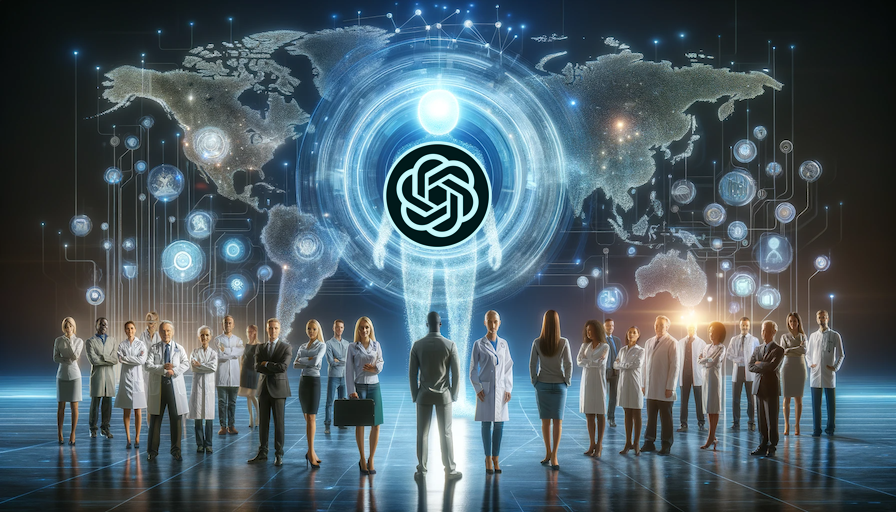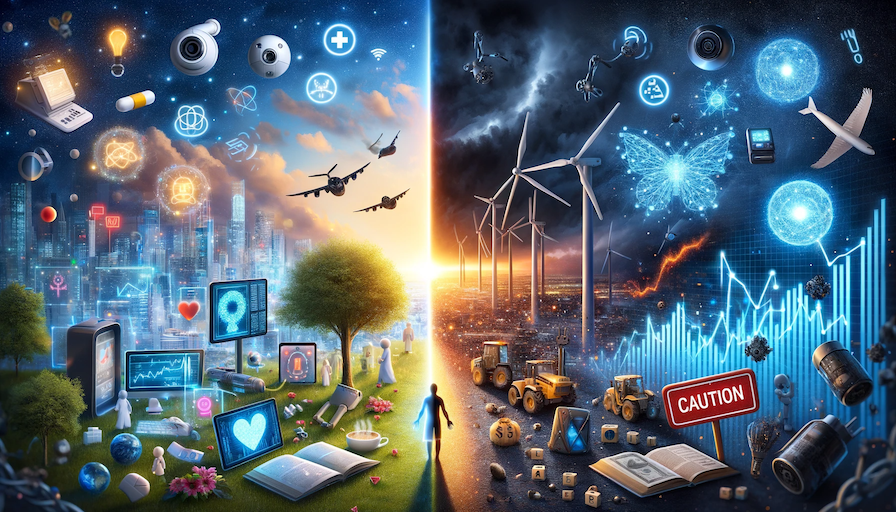
Navigating the Waters of Advanced AI Research: A Brief Overview
Artificial Intelligence (AI) has drastically shaped the modern technological landscape, offering both revolutionary benefits and unforeseen challenges. As we delve into the recent research highlights, let's explore the vast implications of these AI advancements in a manner accessible to all readers.
1. Hallucinations in AI Language Models
Imagine buying a toy that suddenly starts saying things it wasn't programmed for. Similarly, some AI language models tend to produce outputs that aren't based on the data they were trained on – a phenomenon termed as 'hallucinations'. Addressing this critical issue, a recent paper introduced the 'Hallucination Vulnerability Index.' Think of it as a tool to measure how likely an AI model might 'daydream'. By categorizing these 'daydreams' based on type and severity, the aim is to keep our AI tools grounded in reality.
2. Retrofitting Language Models with Retrieval Capabilities
Consider this: you're in a library with thousands of books, but you can't remember where a specific one is. Wouldn't it be great if you had a tool that could instantly fetch information from any book? That's precisely what this method is about, but for AI models. By retrofitting AI models with retrieval capabilities, they can pull relevant data, thus enhancing their performance, especially when deep knowledge is required.
3. The AI Revolution in Healthcare
From X-rays to drug development, AI is dramatically altering the healthcare sector. By simulating and predicting complex biological processes, generative AI models are helping doctors better diagnose illnesses, design new drugs, and even maintain patient records. It's like having a digital assistant with a vast medical encyclopedia at its fingertips. However, as with any tool, it's essential to stay updated on its pros and cons.
4. The Double-edged Sword of Generative AI
While the potential of generative AI is enormous, so is its ability to create havoc. The rise of 'Deepfakes' and synthetic identities can mislead and deceive on a vast scale. It's as if someone gave a paintbrush to a mischievous child, unaware that the paintings can reshape reality. The community is thus urged to be vigilant and prepared for these potential pitfalls.
5. Securing AI Outputs
AI isn't just about making our lives easier; it's also about ensuring that the tools we use are safe. Recent findings reveal that AI tools, like Gab Co-pilot, which generates code, can unintentionally create vulnerabilities, similar to leaving your backdoor open for anyone to sneak in. Developers are hence reminded to be extra cautious when using such tools.
6. Keeping AI Updated with the Ever-changing World
The world evolves daily, and for AI to be effective, it must keep pace. A novel approach suggests enhancing AI performance by pulling real-time information from search engines, ensuring that the model's outputs remain relevant and updated. Imagine giving your AI a daily newspaper, ensuring it's always informed.
7. Merging Visual Understanding with Language Skills: GPT4 Vision
The future of human-computer interaction looks promising with GPT4 Vision, an AI model that can understand both visual and language cues. It's like having a conversation with a friend who not only hears your words but also notices the subtle expressions on your face.
In the rapidly evolving realm of generative AI, discoveries and innovations constantly redefine possibilities. By remaining informed and vigilant, we can harness the immense potential of AI while minimizing its risks. Stay curious, and stay updated!




